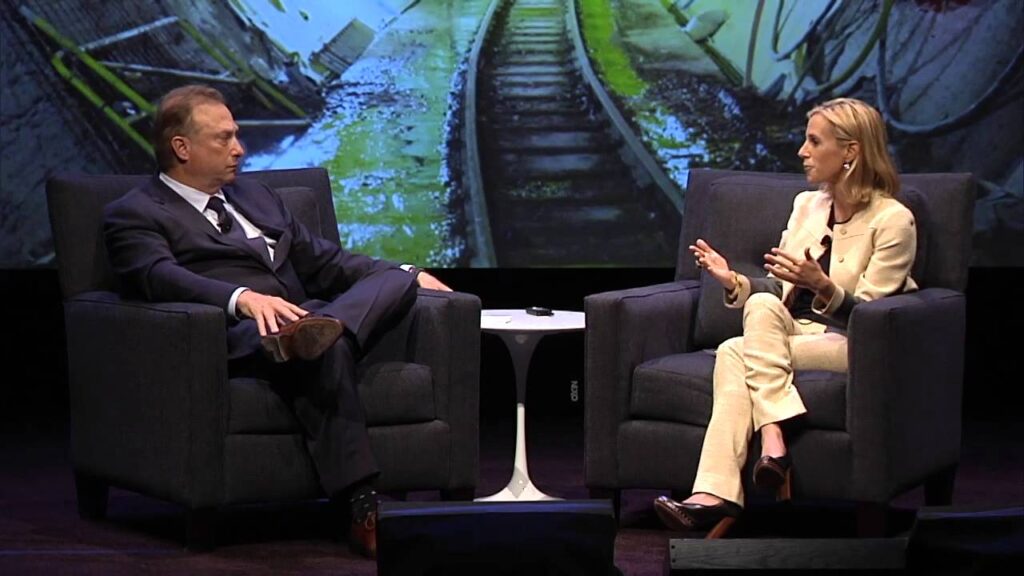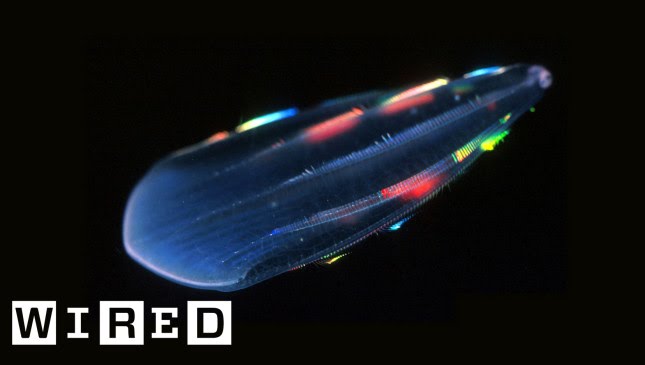Creating Iconic Starfighters in the Star Wars Universe
Summary
In this article, we will explore the importance of creating iconic and distinct designs for starfighters in the Star Wars universe. We will discuss the different types of starfighters and their unique designs, highlighting their significance in the franchise.
Table of Contents
- The Importance of Iconic Starfighter Designs
- Classic Starfighters: TIE Fighter, X-Wing, and Y-Wing
- Unique Starfighters: TIE Bomber, A-Wing, B-Wing, TIE Interceptor, Naboo N1 Starfighter, and Trade Federation Vulture Droid
- Starfighters in the Star Wars Prequels: Jedi Starfighter, ARC-170 Starfighter, Droid Trifighter, General Grievous’ Starfighter, Jedi Interceptor, P-38 Fighter, and Techno Union Fighter
- Conclusion
The Importance of Iconic Starfighter Designs
Starfighters are small spacecraft designed for combat in the Star Wars universe. They must have a distinct look and iconic shape that sets them apart from other ships. This is important because it helps to establish the identity of different factions and characters in the franchise.
Classic Starfighters: TIE Fighter, X-Wing, and Y-Wing
The TIE Fighter is an iconic design, simply a ball with wings, and has a distinct sound. Darth Vader’s TIE Advanced has a unique silhouette and folded wings. The X-Wing has a long nose and can transform into an X shape, while the Y-Wing was designed to look like a race car without its paneling. The Y-Wing’s design evolved due to the limitations of blue screen technology.
Unique Starfighters: TIE Bomber, A-Wing, B-Wing, TIE Interceptor, Naboo N1 Starfighter, and Trade Federation Vulture Droid
The TIE Bomber has a menacing design with two pods and TIE Advanced wings. The A-Wing is sleek and emphasizes speed with a cockpit and engines. The B-Wing is a transforming design with a rotating cockpit. The TIE Interceptor is an evolution of the TIE Fighter with stretched wings and a forward-propelling look. The Naboo N1 Starfighter has a sleek design that doesn’t allow for an astromech droid behind the cockpit, and it was designed to mirror a more artisan look from the 1920s. The Trade Federation Vulture Droid was originally designed to be a precursor to the TIE Fighter, and the Geonosian Starfighter was designed to look like an F1 speed boat and has a distinct look due to being designed by bug-like creatures.
Starfighters in the Star Wars Prequels: Jedi Starfighter, ARC-170 Starfighter, Droid Trifighter, General Grievous’ Starfighter, Jedi Interceptor, P-38 Fighter, and Techno Union Fighter
The Jedi Starfighter was designed to resemble the Geonosian, with a small cockpit that looks like a helmet. The ARC-170 Starfighter has multiple wings of different designs and multiple cockpits and pilots and gunners, inspired by the Douglas Dauntless fighter bomber. The Droid Trifighter is aggressive and menacing, while General Grievous’ Starfighter is designed for power and speed. Grievous himself is mostly droid, with four arms and four lightsabers, and is a precursor to Darth Vader. The Jedi Interceptor ties in story elements that the good guys are winning, with a sleek and elegant design. The P-38 Fighter is inspired by World War II fighter planes, and the Techno Union Fighter has a unique shape with a large cockpit and small wings.
Conclusion
In conclusion, creating iconic and distinct designs for starfighters is crucial to the Star Wars franchise. Each starfighter design has its unique story and significance, adding depth to the universe. From classic designs like the TIE Fighter and X-Wing to unique ships like the Trade Federation Vulture Droid and Jedi Interceptor, every starfighter plays an essential role in the Star Wars universe.






